In the remote northern reaches of Canada, where the Arctic winds howl and winter temperatures plunge to extremes, stands a remarkable testament to human faith and ingenuity—the Igloo Church of Inuvik. This architectural marvel, officially known as Our Lady of Victory Church, is more than just a place of worship; it is a symbol of resilience, community, and the harmonious blend of tradition and modernity in one of the harshest environments on Earth.
The story of the Igloo Church begins in the 1950s, when Inuvik was established as a planned community to replace the flood-prone settlement of Aklavik. As the town grew, so did the need for a spiritual center that could withstand the brutal Arctic climate while serving the diverse population of Indigenous peoples, settlers, and transient workers. The church’s unique design, inspired by the traditional Inuit igloo, was conceived by architect Maurice Larocque, who sought to create a structure that would resonate with the local culture while fulfilling its religious purpose.
What makes the Igloo Church truly extraordinary is its construction. Built between 1958 and 1960, the church’s dome-shaped roof mimics the form of an igloo, a design choice that is both practical and symbolic. The dome not only pays homage to the Indigenous heritage of the region but also serves a functional role, allowing snow to slide off easily and reducing the risk of structural damage from heavy accumulation. The exterior is clad in white-painted wood, giving it the appearance of a snow-covered igloo, while the interior is lined with warm, golden-toned wood, creating a stark yet inviting contrast to the frozen landscape outside.
Inside, the church is a sanctuary of serenity and simplicity. The circular layout fosters a sense of unity among worshippers, with pews arranged in a semicircle around the altar. Natural light filters through stained-glass windows depicting scenes from the Bible, casting colorful patterns on the walls and floor. The altar itself is adorned with carvings and artwork by local Indigenous artists, blending Christian iconography with traditional Inuit motifs. This fusion of cultures is a poignant reminder of the church’s role as a bridge between worlds.
The Igloo Church is not just an architectural wonder; it is a living, breathing part of the Inuvik community. Throughout the year, it hosts religious services, weddings, funerals, and cultural events, drawing people from all walks of life. During the long, dark winters, the church becomes a beacon of hope and warmth, offering solace to those who brave the unforgiving climate. In the summer months, when the sun never sets, the church’s doors remain open to visitors from around the globe, eager to witness this unique blend of faith and architecture.
One of the most striking aspects of the Igloo Church is its ability to adapt to its environment. The building’s foundation is elevated on stilts to prevent thawing permafrost from destabilizing the structure—a common challenge in Arctic construction. The ventilation system is designed to minimize heat loss while ensuring proper airflow, a critical feature in a region where temperatures can drop to -40°C. These innovations highlight the ingenuity required to build and maintain a functional space in such an extreme location.
The church’s significance extends beyond its physical presence. It stands as a symbol of the enduring spirit of the North, where faith and tradition intersect with the demands of modern life. For the Indigenous peoples of the region, the Igloo Church represents a rare instance of Western architecture embracing their cultural identity rather than erasing it. For the broader community, it is a reminder of what can be achieved when creativity and perseverance meet necessity.
Visitors to the Igloo Church often speak of the profound sense of peace they feel within its walls. Whether it’s the soft glow of candlelight reflecting off the wooden interior, the echoes of hymns reverberating through the dome, or the knowledge that they are standing in a place where faith has triumphed over adversity, the experience is undeniably moving. The church’s modest size belies its monumental impact, both as a religious site and as a cultural landmark.
As climate change threatens the Arctic landscape, the Igloo Church also serves as a poignant reminder of the fragility of human endeavors in the face of nature’s power. The very permafrost that supports its foundation is slowly melting, raising questions about the future of such structures in the North. Yet, for now, the church stands strong, a defiant monument to the enduring power of faith and community in one of the most inhospitable places on Earth.
Inuvik’s Igloo Church is more than just a building; it is a story. A story of people who dared to dream in a land of ice and snow, of architects who looked to the past to shape the future, and of a community that found strength in unity. It is a story that continues to unfold, one winter and one summer at a time, under the watchful eye of the Arctic sky.
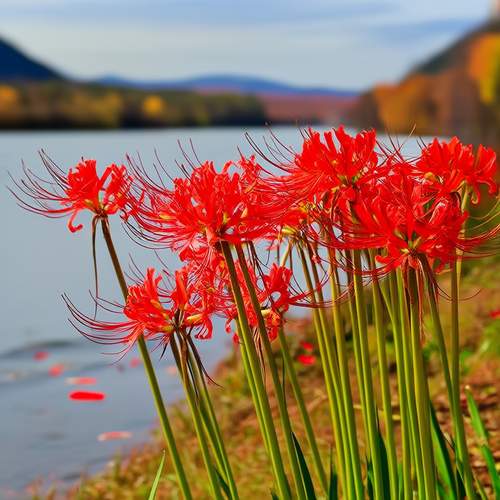
By /May 21, 2025
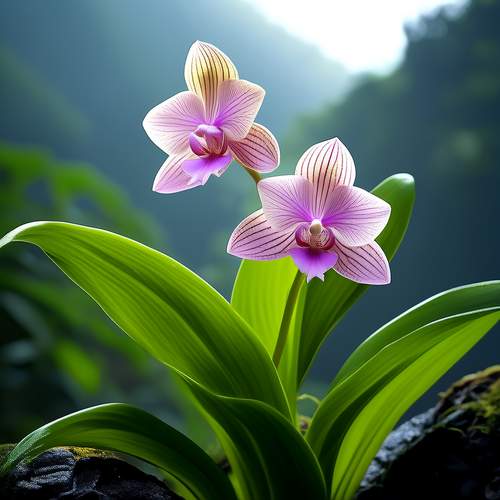
By /May 21, 2025
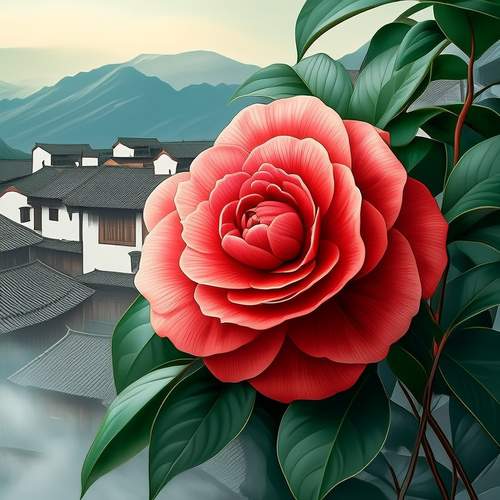
By /May 21, 2025

By Benjamin Evans/May 20, 2025
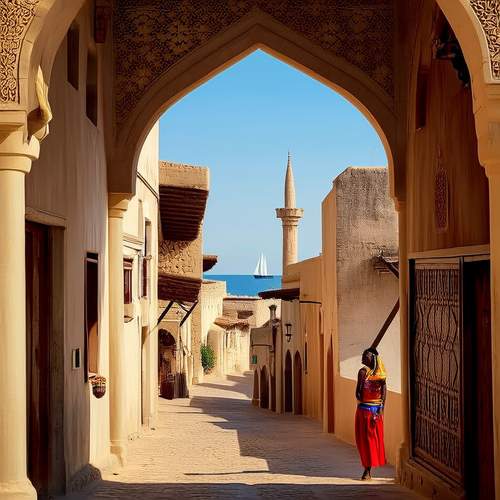
By /May 11, 2025
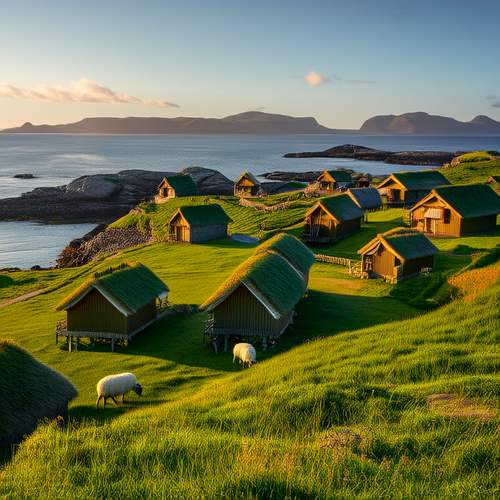
By /May 11, 2025
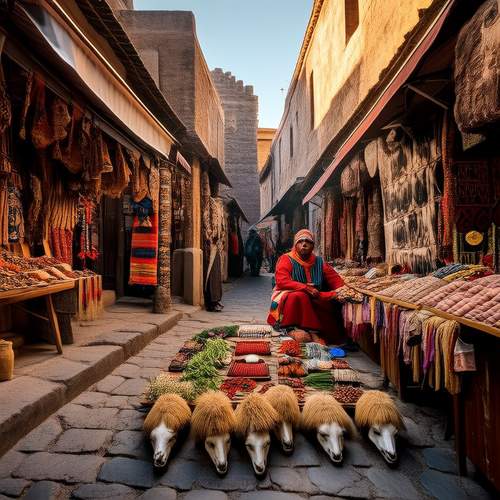
By /May 11, 2025
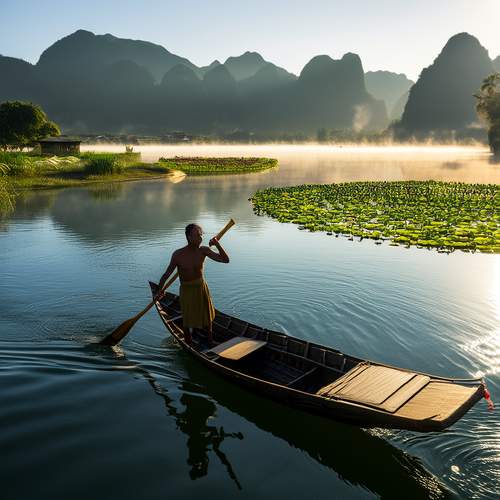
By /May 11, 2025
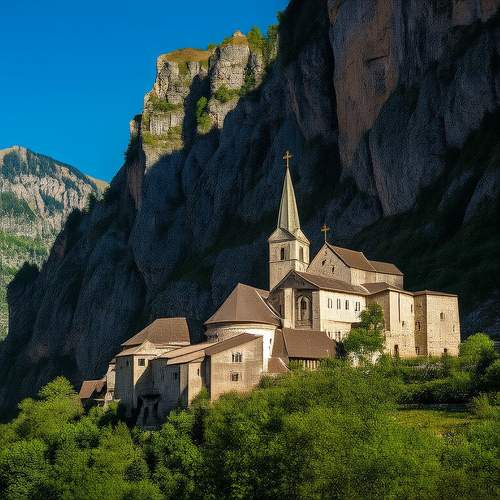
By /May 11, 2025

By /May 11, 2025
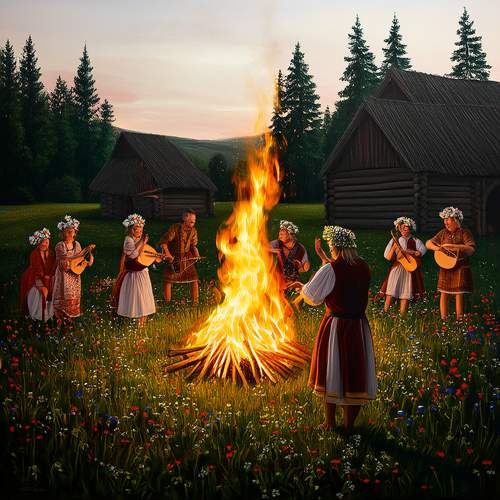
By /May 11, 2025
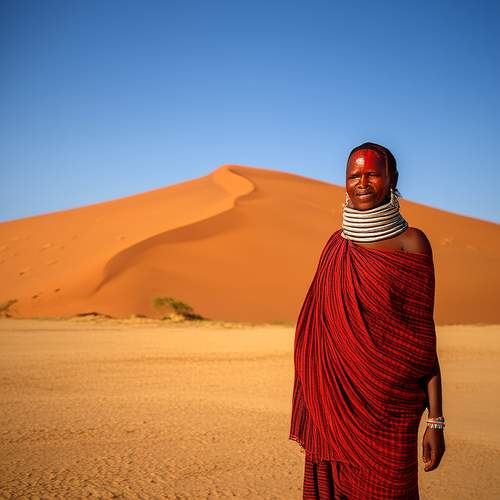
By /May 11, 2025
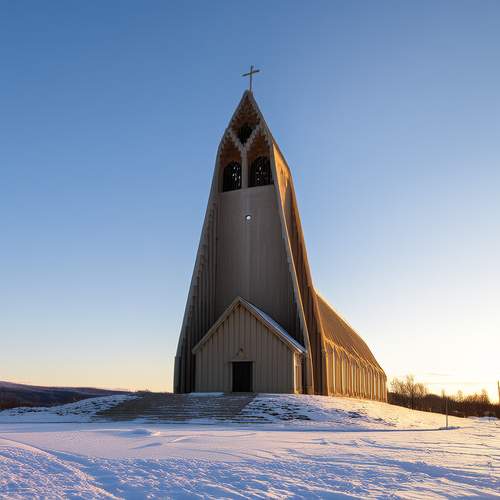
By /May 11, 2025
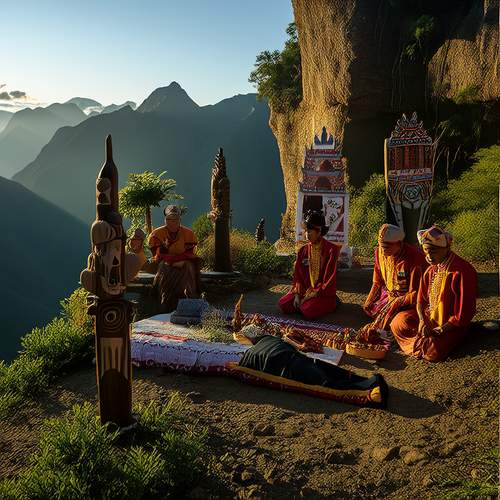
By /May 11, 2025
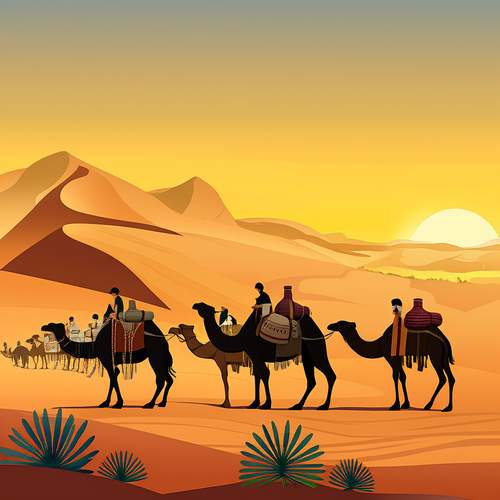
By /May 11, 2025
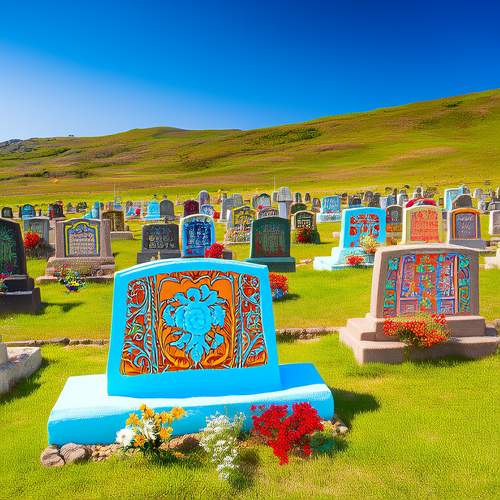
By /May 11, 2025
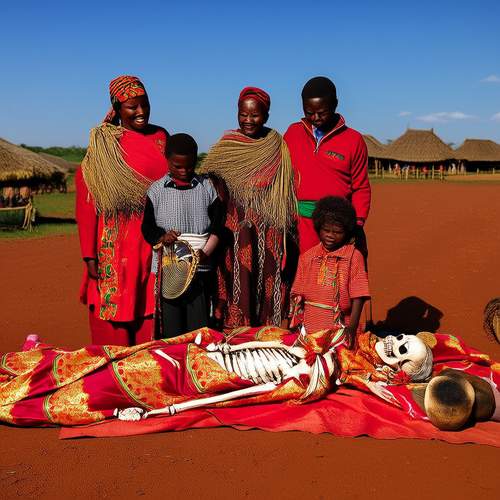
By /May 11, 2025

By /May 11, 2025
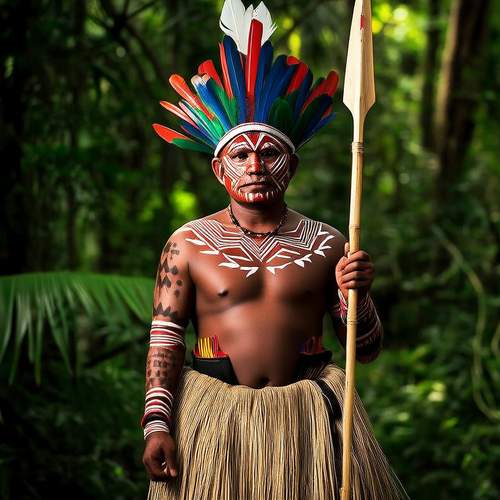
By /May 11, 2025
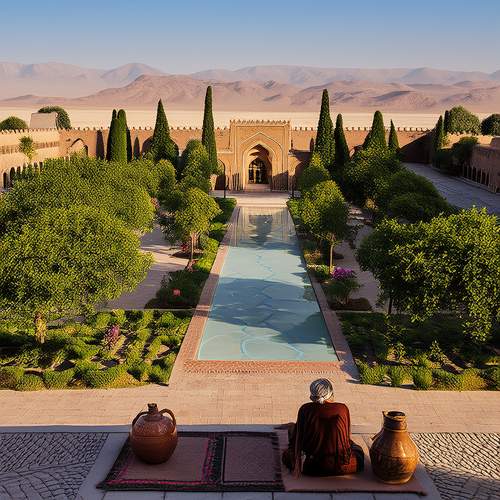
By /May 11, 2025